
Fall Has . . . Fallen
A perfectly symmetrical, swooping trail of smoke hung over Angel Island and Tiburon on Sunday, and, driving across the Richmond-San Rafael Bridge, it took us a moment to figure out what was going on. There were other scribbles all over the sky, as if Picasso had been doodling above the Bay. And then there they were, like clockwork, as sure as the winter constellations returning every season: the Blue Angels.
They flew alongside the bridge for moments, and we checked the radio to see if Rock You Like a Hurricane, or some other all-A’murican anthem was playing (it was not). We suppose there are a number of political observations that can be made about the annual presence of Fleet Week in the Bay Area and the military industrial complex, but we can probably all agree on this objective fact: The Blue Angels’ pilots have, without a doubt, the best job in the world.
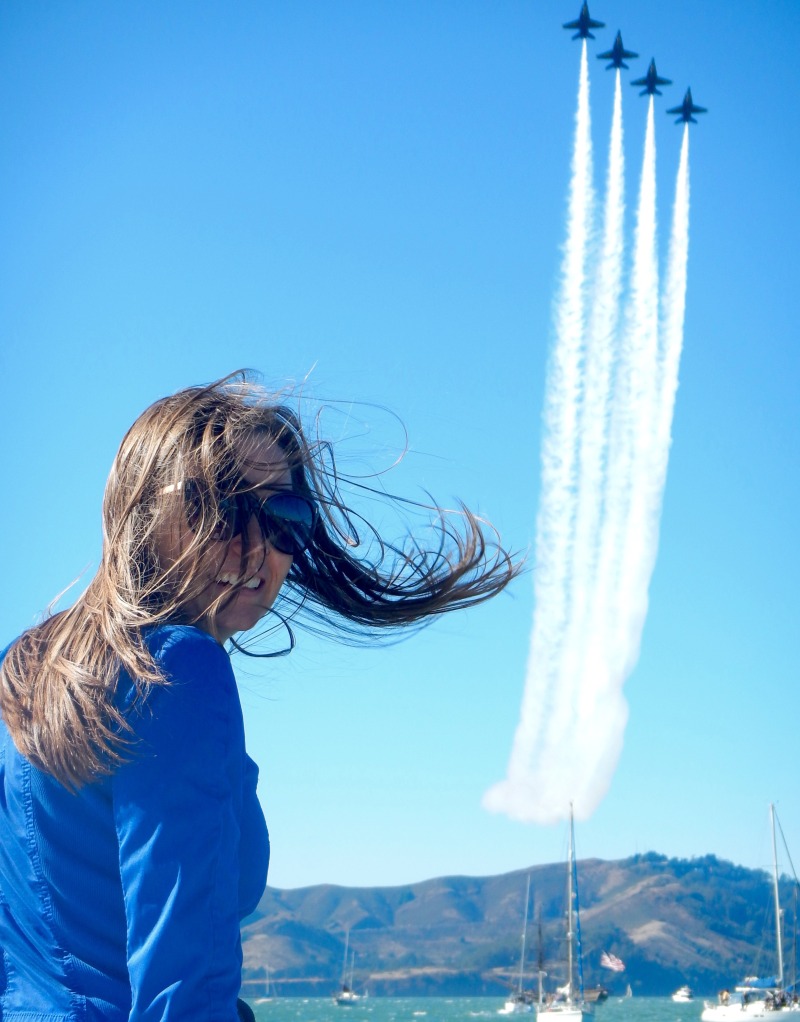
Arriving at Berkeley mania, we were surprised to see whitecaps on the Bay. It was late in the season, and we brought our windsurfing gear with only the faintest hope of actually getting some. Droves of cars were making their exodus from Frontage Road as if the seas were splitting. The wind was good — a little on the light side, for sure, but steady, warm and dry.
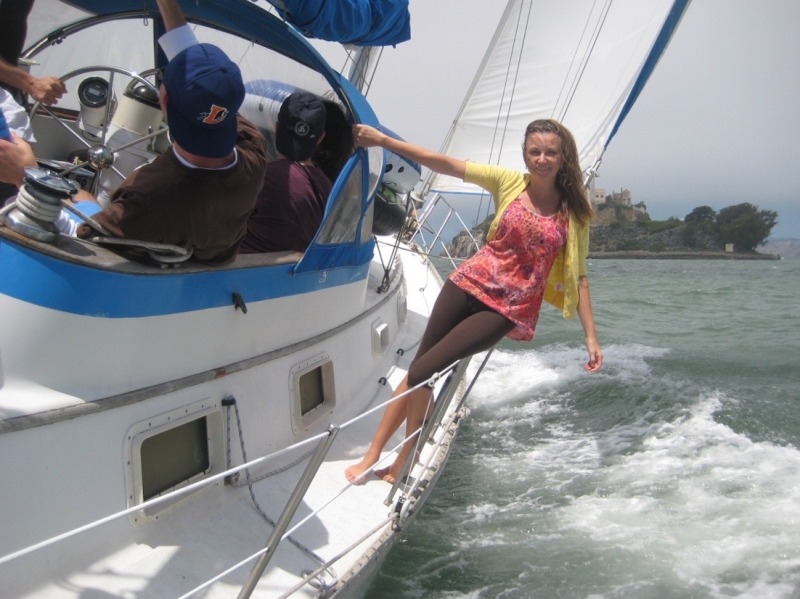
Scoring a fall day of windsurfing, when the Pumpkin Spiced Latte vibes are coursing through the air, is always a special treat. Another windsurfer, looking at his phone, arrived as the last Blue Angel spectators trickled out. "Well, it’s forecast to be windy. Unless it’s not," he said. But after rigging, getting into the wetsuit, and scampering down the rocks, the meager breeze puttered out almost instantly, a condition we’ve come to call the Berkeley tease this season.
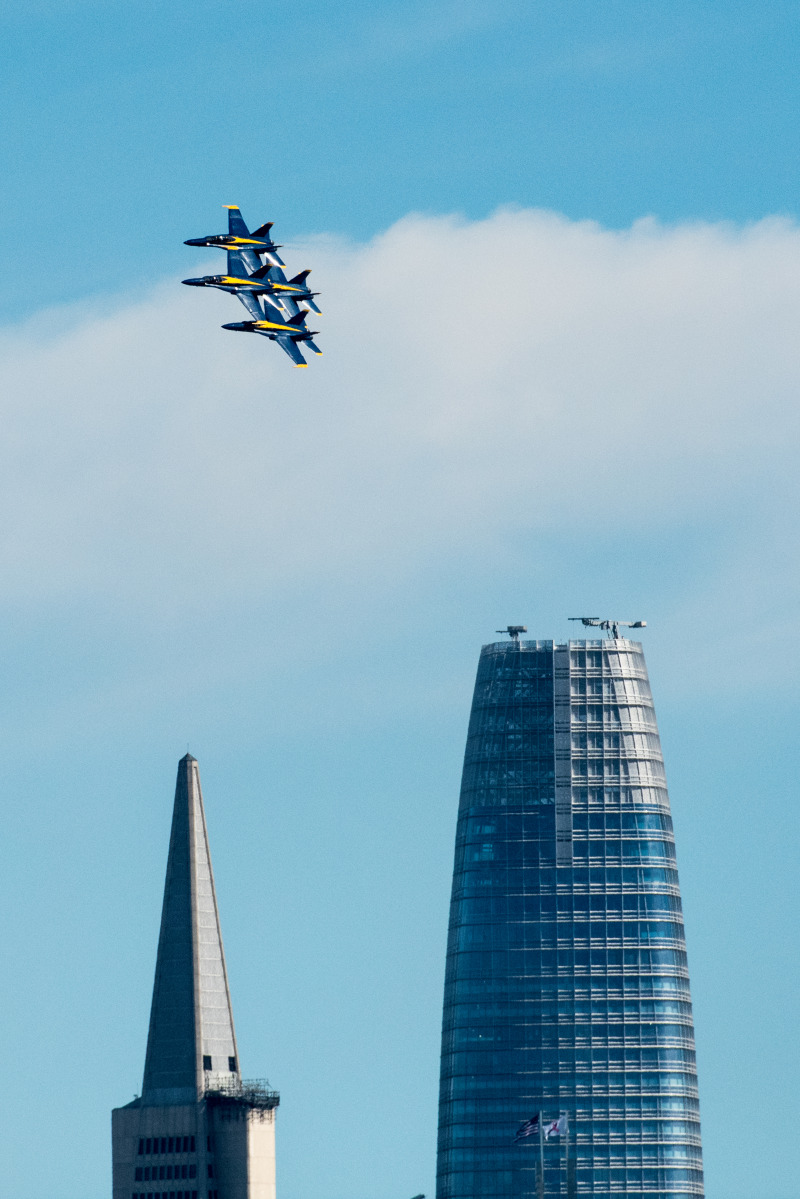
It’s been a while since we’ve done this: tried to windsurf in the waning days of the summer. We used to accept the end of the season with the cold inevitability of fall itself. Leaves changed color, withered and died, and crunched underfoot, just as the windy season petered out every year, no matter how badly you wanted just one more day. And once we accept it, it’s not a bad thing. After our boats have sat somewhat idle because we were chasing windsurfing days, we were excited (if not ecstatic) to do some Indian summer sailing.
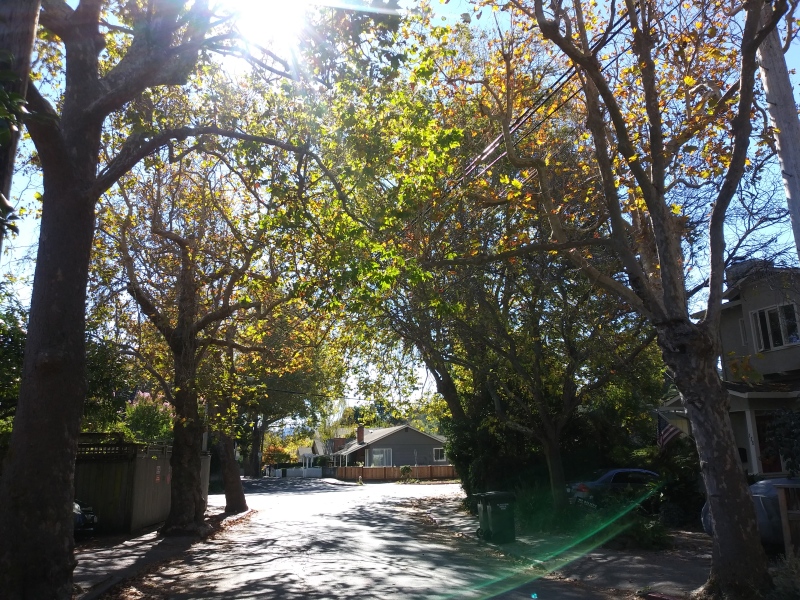
© Latitude 38 Media, LLC
As we walked to the office this morning — a warm north wind stirring through trees starting to go bare — we felt a sense of acceptance. It’s not as if the fall was waiting for our approval to finally happen, but it felt good to be ready for it, and to look forward to wearing scarves, feeling the bite of the cold on our face, and starting to obsess over snow instead of wind forecasts.
Are you ready for the change? Sad to see summer go? Oh yeah, and how was your weekend?
The ‘Golden Rule’s Retro Voyage
The Golden Rule, a storied sailboat with a long history of antiwar protesting, is preparing for an epic and historic voyage around the Pacific. Late this month, the Golden Rule — which is currently on her way to San Diego — is planning to make the same voyage that the original Quaker crew took in 1958 from California to Hawaii. Led by career Navy Captain Albert Bigelow, they sailed toward the Marshall Islands to try to stop nuclear bomb tests, but the Coast Guard prevented the Golden Rule from attempting to interfere with nuclear testing in the Marshall Islands.
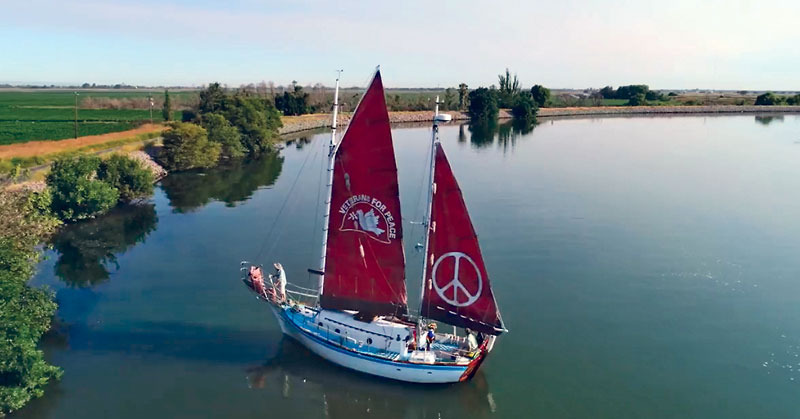
But another boat took the baton, and attempted to finish the Golden Rule’s mission. After having just sailed into Honolulu aboard the Phoenix of Hiroshima, the Reynolds family had been taken by the solemn, committed nature of the Quakers. "We were so impressed by their integrity — I think of it like meeting the four presidents carved into Mt. Rushmore," Jessica Reynolds Renshaw told Latitude last year. Led by their father, Dr. Earle Reynolds, one of the leading experts on the effects of radiation on the human body, the Phoenix sailed into the "Pacific Proving Grounds." The Reynolds family was promptly arrested, but the publicity fueled the already growing demand for a halt to nuclear tests in the atmosphere, under water, and in space. As a result, the US, USSR and Great Britain signed the Limited Nuclear Test Ban Treaty in 1963.
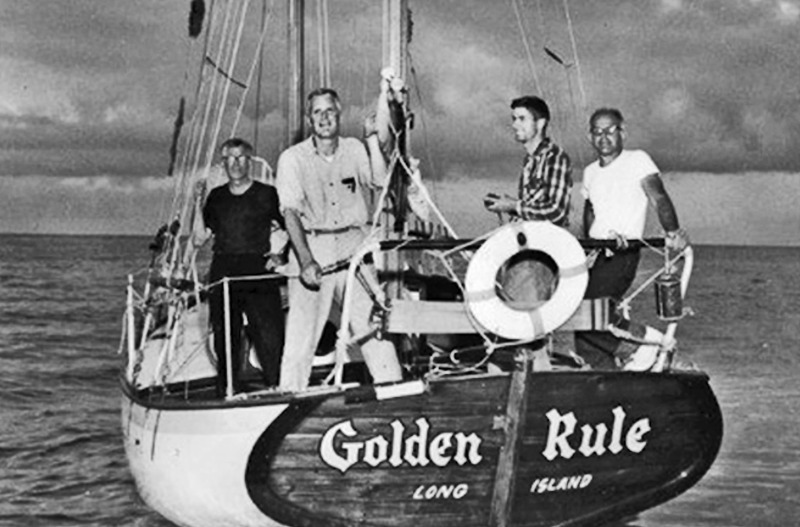
The Golden Rule — a 39-ft Angelman-Davies gaff-rigged ketch and little sister to the Sea Witch design — hopes their Pacific voyage this year will bring attention to the ongoing effects of nuclear bomb testing in the Pacific, to the environmental and human impacts of hundreds of military bases in the Pacific Islands, and to the United Nations Treaty on the Prohibition of Nuclear Weapons.
After sailing the Hawaiian Islands, the Golden Rule will visit the Marshall Islands, Guam, Okinawa, Korea and Japan. Their goal is to arrive in Japan in August 2020 for the 75th anniversary of the nuclear bombing of Hiroshima and Nagasaki on August 6 and 9. If all goes as planned, the Golden Rule will return to California in the fall of 2021 after following the Aleutian Islands around to the West Coast of North America.
A documentary about the Golden Rule’s voyage is available online at www.vfpgoldenrule.org/making-waves. If you’re interested in visiting the Golden Rule, volunteering, or making donations, please contact Helen Jaccard at 206-992-6364, or go to www.vfpgoldenrule.org.
Small Boats, Big Fun
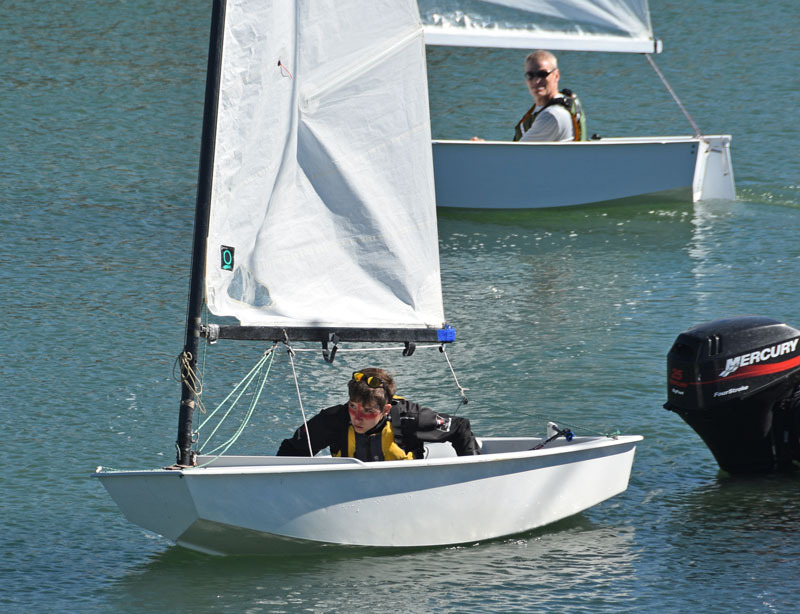
© Latitude 38 Media, LLC
As the heat wave set in over the weekend, Richmond Yacht Club hosted three regattas at once, all for small to smallish boats. The Wylie Wabbit Nationals kicked off the weekend a day early on Friday, the Sportboat and Multihull Invitational was added in on Saturday, and the El Toro Stampede sailed in a separate racing area on Sunday only.
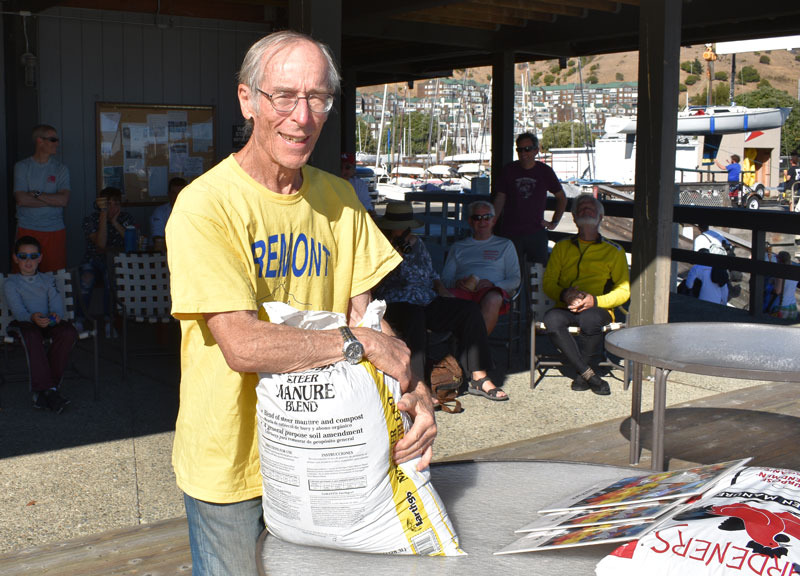
© Latitude 38 Media, LLC
Sunday was the windiest day, with long periods of light breeze, lulling sailors into comfort zones that were abruptly shattered by capsize-inducing gusts.
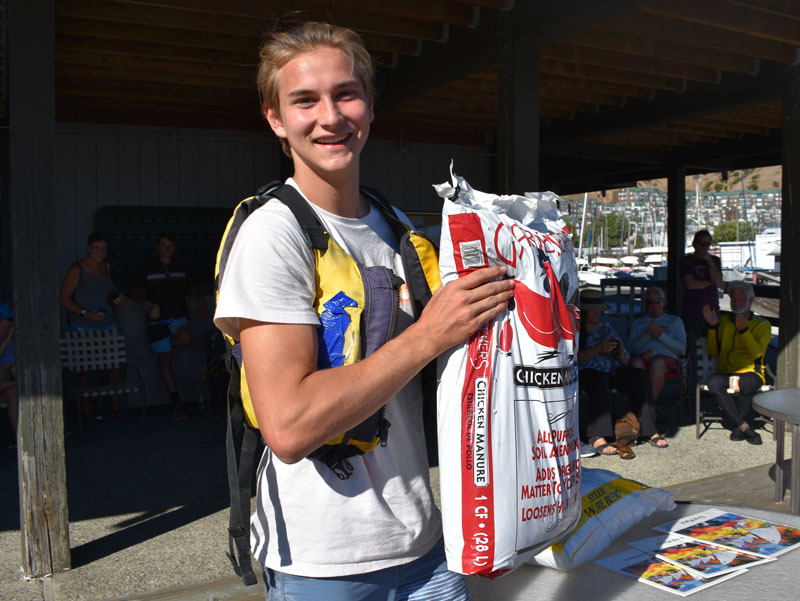
©2018 Latitude 38 Media, LLC
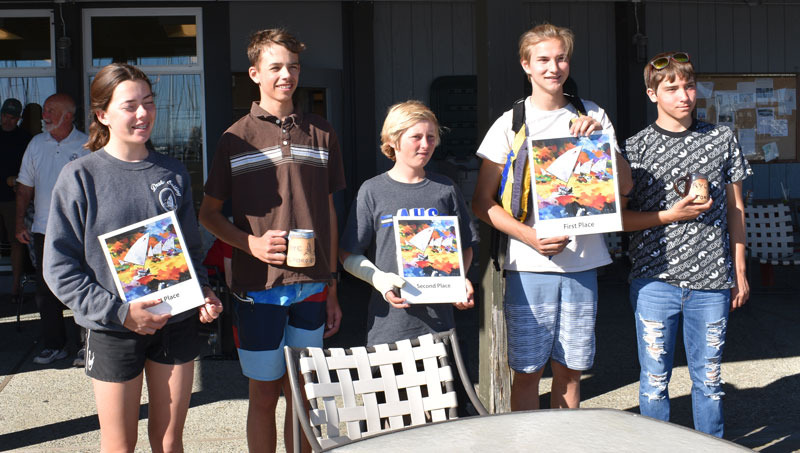
© Latitude 38 Media, LLC
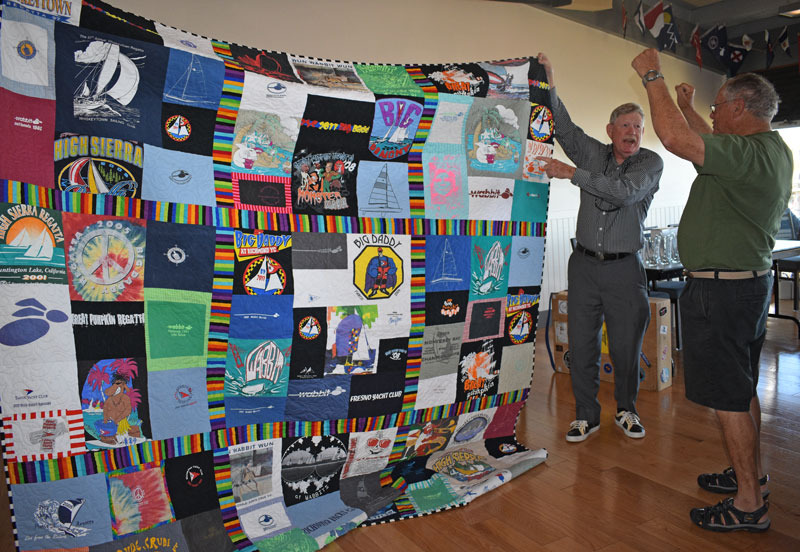
© Latitude 38 Media, LLC
Deke Klatt’s Wabbit Johnson hopped in from Ventura to vanquish the locals and claim the National title.
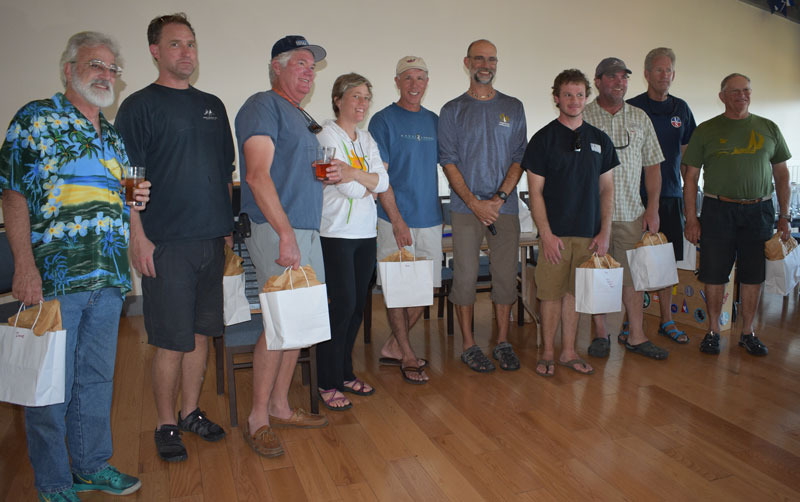
© Latitude 38 Media, LLC
Also on Friday-Sunday, San Francisco YC hosted the Express 27 Nationals. While his sister Sarah was wacing her Wabbit, Paul Deeds claimed the Express 27 title with Magic Bus. We’ll have more in Racing Sheet in the November issue of Latitude 38.
On lumpy water in a sea swell this weekend, San Diego YC hosted their inaugural Olympic Classes Regatta, plus the Snipe North Americans, which conclude today.
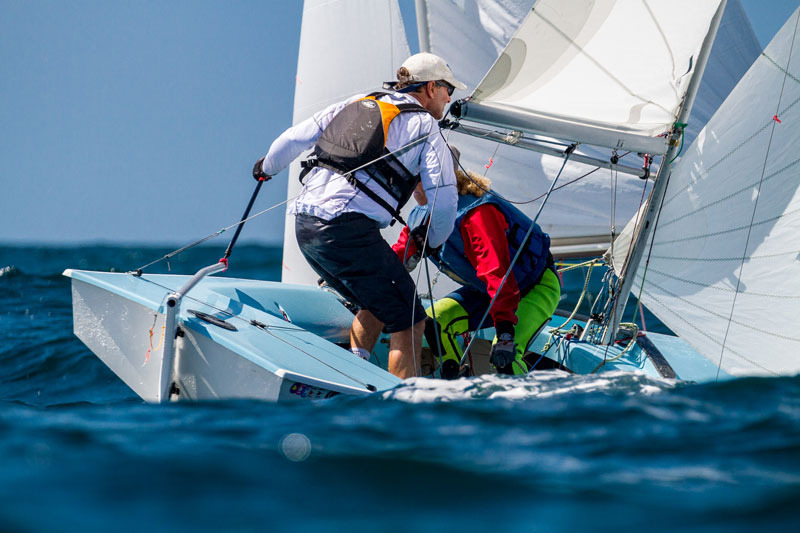
Foiling Cats to Return to the Bay
Surprise. After the 2013 America’s Cup on San Francisco Bay and local disappointment over moving the 2017 Cup to Bermuda, it felt like we’d never see Larry Ellison, Russell Coutts and their foiling spectacle on the Bay again. We’re reminded again, never say never.
The 2017 AC35 cats have been redesigned, rebuilt and dialed up to 50-knot-capable foiling cats that will start a 2019 five-city tour in Sydney, Australia, in February. Their next tour stop will be on San Francisco Bay on May 4-5. We wrote about the rumored circuit a week ago, and it was confirmed in an announcement bash last Wednesday in London.
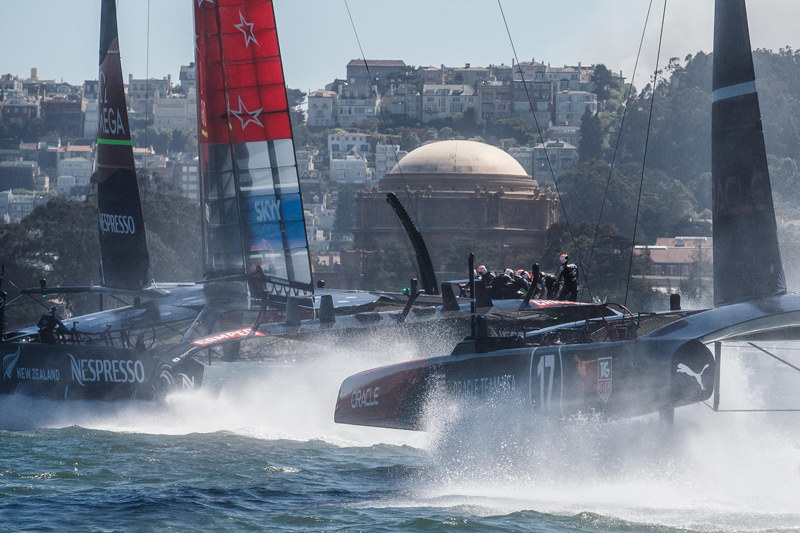
What’s new? Quite a lot. Freed from tradition, match racing and the collaboration attempts of the America’s Cup, the new SailGP circuit will feature a nation vs. nation format with each country’s greatest sailors racing identical supercharged F50 catamarans for a $1 million winner-takes-all prize in two-day inshore race series. SailGP has currently attracted six teams from Australia, China, France, Great Britain, Japan and the United States who will duke it out with strict nationality requirements.
The boats are expected to be so scorchingly fast they might make your Internet connection feel slow. The SailGP team has taken lessons learned in the 2013 and 2017 Cups and amped up the package further for another speed and technological leap forward. These new F50s are predicted to break the 50-knot barrier as the most challenging, high-tech one-design racing boat ever produced.
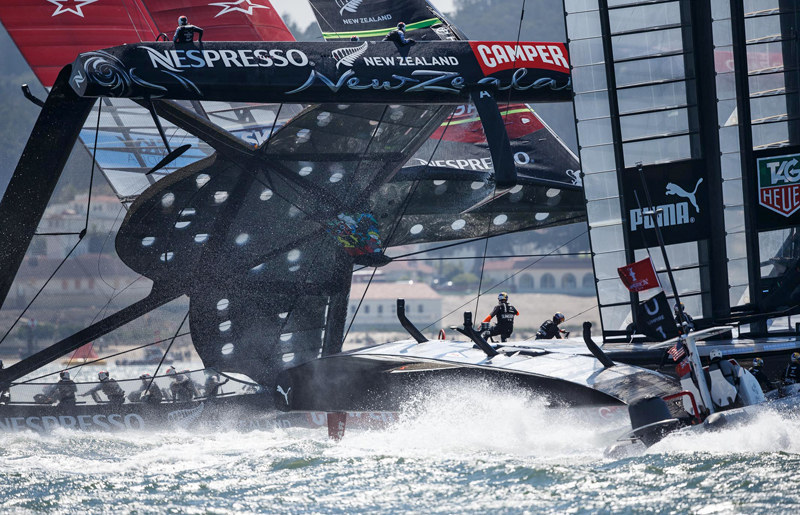
According to Sail GP, the boats have been redesigned, re-engineered and rebuilt from the inside out. Advancements include the command and control systems to maintain stable flight and keep the boats sailing at pace. The foil and rudder pitch will be actively controlled, making the flight of the boat through the maneuver significantly more efficient. The foils have been produced in higher modulus carbon fiber, producing a thinner section that has less resistance at high boat speeds. The list goes on. Top speed is expected to be 53 knots, which would make for some interesting opposite-tack closing speeds and crossing calls!
Six of the wing-sailed F50s will be on the water for the first event in Sydney. Three have been extensively modified using parts from the previous AC50 models. Three sets of the F50 hulls are complete new builds. They’ll sail with just five crew and be loaded up with hydraulics and batteries to provide ample power to drive the systems.
What’s happening locally? We don’t have many details yet but an event of this scale doesn’t come into town quietly. We talked to Laura Paul of the Yacht Racing Association, who’s in the midst of working with local clubs to put together the 2019 racing calendar. May 4-5 would be the traditional date for the Great Vallejo Race. It looks like there’ll be an ebb, setting up the possibility of good Cityfront chop. It sounds like the six-boat fleet will set up somewhere near the old Artemis America’s Cup base in the former Naval Air Station Alameda. At 50 knots they can sail over to the racing area in about 7 minutes.
Russell Coutts and Larry Ellison have long envisioned a global, professional sailing league with cash prizes and career athletes crewing high-tech boats. This latest iteration has incorporated many of the lessons learned over the past decade of Cup campaigns with media, foiling cats, spectators and other aspects of professional sports management.
The Bay remains one of the world’s most spectacular venues for racing and, if you’re going to take a global race series anywhere, San Francisco Bay should be on the top of the list. Once again, it is.
